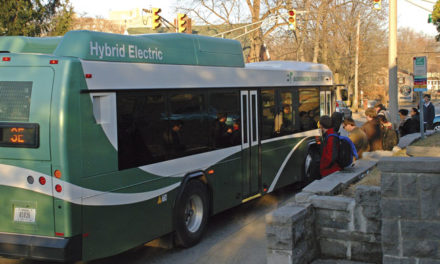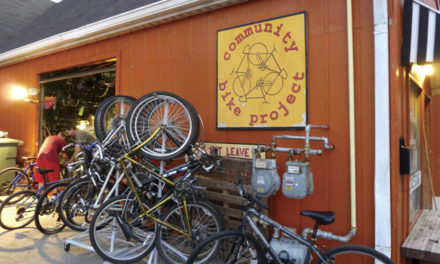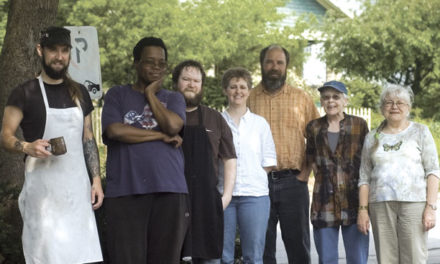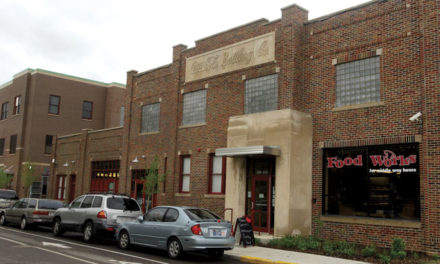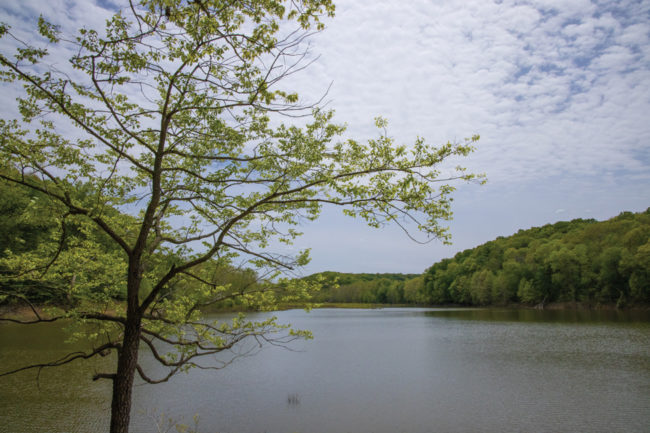
by PETER DORFMAN
The City of Bloomington has one source of drinking water for its roughly 84,000 inhabitants: The reservoir of Lake Monroe, about 20 miles south of downtown. At 17 square miles, it’s Indiana’s largest man-made lake, but it’s an essential—and fragile—resource.
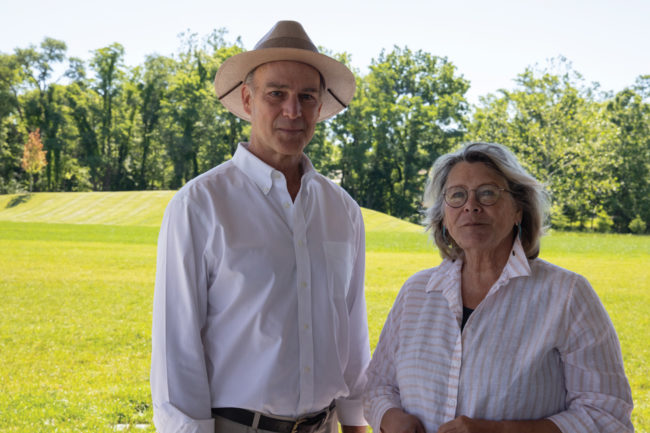
The lake is fed by a 441-square-mile watershed sprawling across five counties, via their creeks and rivers. “Most of Bloomington itself is not in the watershed,” notes Sherry Mitchell-Bruker, hydrologist and founder of the Friends of Lake Monroe (FLM), a nonprofit organization that has spearheaded efforts to protect the watershed since 2016.
Mitchell-Bruker earned a Ph.D. from the Indiana University School of Public and Environmental Administration (now the O’Neill School). After doing federally funded research in the Florida Everglades and the Sierra Nevada, she returned to Monroe County in 2015. “I was shocked to discover there was no organized group dedicated to protecting Lake Monroe, and no watershed management plan,” she recalls. “There had been studies, and recommendations made, but they weren’t followed through. No one had started such a group, so I did.”
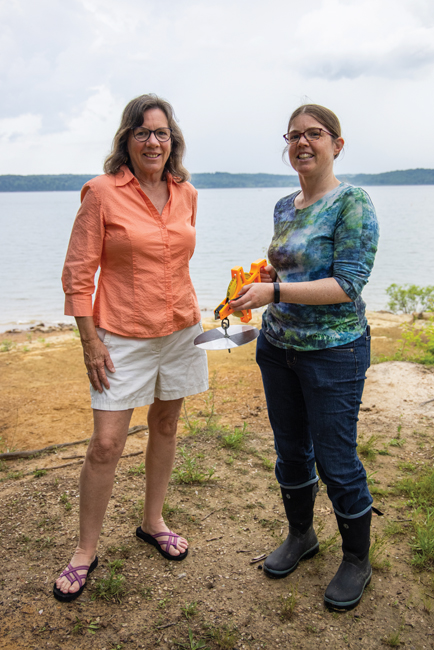
FLM is developing a complete watershed management plan, expected to be completed by January 2022. “We’ve completed our monitoring and are analyzing the data and developing an action plan,” Mitchell-Bruker says. “We’ll apply for funds from the Indiana Department of Environmental Management in September.”
The plan is intended to support solid science, but also to build a coalition among the watershed’s public and private stakeholders, while also educating the public.
FLM has several board members in common with the Lake Monroe Water Fund (LMWF), whose mission is to channel donor capital to support the programs that protect and preserve Bloomington’s sole water source.
Jane Martin, a Bloomington-based venture capitalist and fundraiser for multiple philanthropies, heads the LMWF. “In 2017, the Nature Conservancy, which has created dozens of water funds across the U.S., asked if I thought we could create one for Lake Monroe,” Martin says. “Ours is the first in Indiana.”
Bloomingtonians can get involved in protecting the lake in several ways. Volunteers participate in shoreline and watershed clean-up events and can educate themselves via organized hikes and group paddles in the watershed. The FLM’s member newsletter can provide details. And, of course, both the FLM and the Water Fund welcome donations.
“It’s going to take a village to protect our sole water source,” Martin asserts. “That’s our sole focus.”
For more information, visit friendsoflakemonroe.org.


